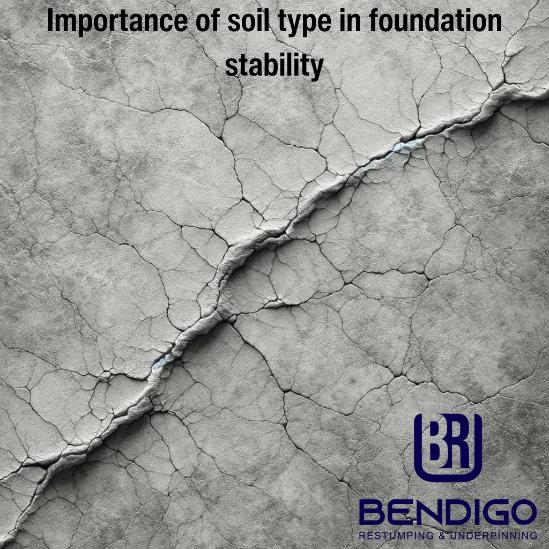The type of soil in Bendigo is pivotal for the stability of house foundations. It’s an essential marker of soil fertility, drainage efficacy, water retention, and susceptibility to erosion. Professional underpinning contractors use this detailed knowledge to make informed land use and management decisions. This ensures that the process, including restumping in Bendigo, results in robust and resilient house underpinning.
In this blog, we will explore different soil classifications and their importance concerning the stability of house foundations.
Soil Classification System in Australia
The soil classification system in Australia is a way to arrange the wide range of soils available into groups that make them easier to identify. Experts have placed these soils into their own special categories to sort them out: organic soils, sands, loams, and clays.
The Soil Class Foundation is another method of sorting soils. It gives people an overview of the seven different “classes” or groups of soils in the area. These include the following:
- A: Locations with sand and rock foundations experience little to no ground movement as a result of changes in moisture content.
- S: Sites with slightly reactive clay exhibit minor ground shifts in response to variations of moisture.
- M: Areas with foundations of clay or silt that are moderately reactive show medium levels of ground adjustment due to moisture changes.
- H1: Locations susceptible to significant ground fluctuation result in 40-60mm surface shifts.
- H2: Sites experiencing intense ground movements, leading to surface changes between 60-75mm.
- E: Areas with highly reactive clay foundations undergo severe ground changes due to moisture variations.
- P: Complex sites with soft foundations such as delicate clay or silt, unstable sands, landslide areas, mining subsidence, and prone to collapsing or eroding soils, along with other areas that do not conform to standard classifications.

Is a Soil Test Needed for Underpinning?
Yes, a soil test is needed for underpinning. These are the reasons why:
Soil Settlement
Certain types of soil, especially clay, have a tendency to expand and contract. This leads to gradual settling or shifting, which can cause structural damage to the building. Conducting soil assessments helps identify potential issues related to soil settlement, ensuring foundations are established appropriately.
Foundation Stability
The stability of a building’s foundation is significantly influenced by the soil’s physical characteristics, including its moisture content and degree of compaction. When the soil is found to be unsuitable, taking extra measures may be necessary. Recognising underpinning signs in such scenarios is crucial for maintaining structural integrity.
Soil Contamination
Soil contamination, caused by harmful substances like heavy metals, chemicals, or petroleum derivatives, poses risks to human health and the environment. Conducting thorough soil tests helps identify the presence and extent of these contaminants, providing the opportunity to take necessary remedial measures before construction begins.
Groundwater Levels
The level of groundwater plays a critical role in determining the stability of a building and the suitability of the site for septic systems or underground utilities. Soil evaluations are essential to determine the presence and impact of groundwater in the area, enabling an assessment of its effect on the building’s stability.

